

Species of Special Concern Programme
The purpose of this programme is to ensure the persistence and viability of key species by contributing to national initiatives and implementing species-specific management interventions. The Protected Environment will strive to prevent extinction of species on the International Union for the Conservation of Nature (IUCN) global critically endangered or endangered lists, and will work with other conservation initiatives to secure and strengthen the future of such species over their historic distribution ranges.
Due to the wide array of endemic and red data species within the Protected Environment, contribution to existing conservation initiatives aimed at the persistence of these species will be an important objective. A number of species also have emotional and spiritual value to the landowners within the Protected Environment although there may not be conservation programmes in place to ensure the conservation of these species. Where species do not have existing conservation programmes, conservation programmes could be created and implemented within the Protected Environment.
Check out some of our projects on the go and who we are partnered with below:
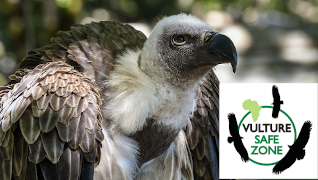
Karoo farmers and other landowners have partnered with The Rupert Foundation, SANParks, the MZCPE, Endangered Wildlife Trust and the SANParks Honorary Rangers to create a Vulture Safe Zone (VSZ) in the Great Karoo. The long term goal is to encourage Cape Vultures back to their historical range throughout the Great Karoo and ultimately recover this population through the establishment of a VSF that links key protected areas. The Karoo VSZ can be regarded as one of the largest conservation initiatives where farmers partner with conservation organisations like those listed above.
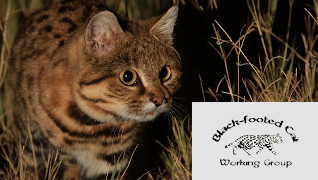
The Black-Footed Cat is found in three countries in southern Africa: Botswana, Namibia, and South Africa. It is restricted to the more arid areas in this region and is typically associated with open, sandy, grassy habitats with sparse shrub and tree cover, such as the Kalahari and Karoo regions.Insufficient information is available to assess the population numbers of the black-footed cat. It is thought to be rare and has a very limited distribution. MZCPE members are encouraged to report sightings and road casualties of this elusive cat to the Black Footed Cat Working Group.
Photo courtesy of A. Silwa
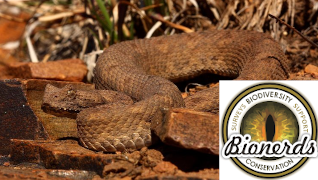
This is a highly rare and elusive snake species endemic to the area. The members of the MZCPE are encouraged to report sightings to our partner in this project, Bionerds. According to Bionerds, the information on this adder is severely lacking in terms of their venom, prey and habitat preferences and their breeding and living habits. Members of the MZCPE are also on the lookout for poachers who are often disguised as researchers and photographers as there is a horrid uprise in reptile poaching and this species is highly sought after.
Photo courtesy of Bionerds
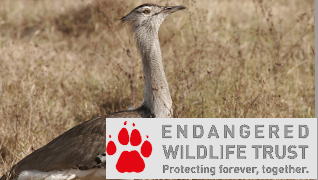
Many amazing bird species are often the victim of power line collisions or electrocutions. Working with the Endangered Wildlife Trust, powerline collisions or electrocutions are reported to the EWT and together with Ronelle Visagie, incident reports are compiled and submitted to the relevant authority (Eskom and municipalities) in order to mitigate the threats by placing the right avoidance infrastructure on the culprit lines and pylons.
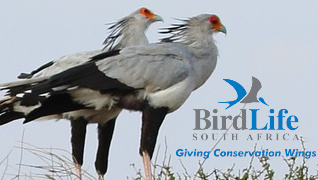
The secretary bird is a large bird of prey endemic to Africa. This stunning snake wrangler is currently listed as vulnerable and is therefore in need of our help. In South Africa there is considerable concern about its conservation status and data shows a concerning reduction in the areas where this species could be found. Members of the MZCPE that have breeding pairs on their farms are encouraged to report these sites and if possible, the success of each years offspring to our partner Birdlife South Africa,
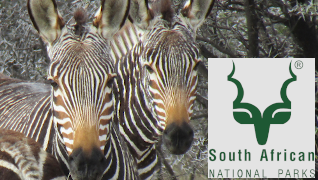
The Cape Mountain Zebra is one of South Africa's amazing conservation stories where they faced extinction at the beginning of the 20th centuary, but thanks to conservation efforts, their populations have been growing to such a point that recently they were downgraded on the CITES list as populations went from Threatened with Extinction to that of Least Concern. The MZCPE and SANParks are currently investigating the possibility of creating further sub populations on the private land of some MZCPE members.
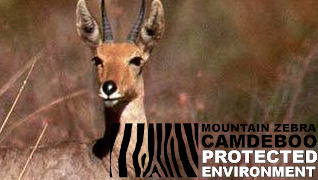
This much loved antelope species found in the MZCPE is currently listed as Endangered with its population trend decreasing according to IUCN data. This species is much admired by members of the MZCPE and therefore, the MZCPE have created a monitoring program to keep record of known populations. The feeling is that the Mountain Reedbuck is an indicator of veld condition and could be under threat due to drought and possible high levels of predation of their young. By keeping track of the populations we are hoping to identify trends that could guide veld and predator management in the future.
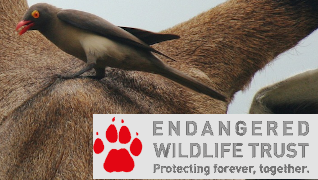
This is one of our awareness projects and is guided by Operation Oxpecker lead by the Endangered Wildlife Trust. The awareness is around the use of oxpecker friendly ectoparasiticides. Operation oxpecker also has programs to relocate birds to area within their historic range. In the MZCPE there have been sightings of these birds outside of their known ranges and these areas have been assessed as possible release sites, but due to the low level of desired ticks in these areas, have been found to be currently unsuitable. Members of the MZCPE are however encouraged to report sightings of these birds in an attempt to understand these new movements of this special species.
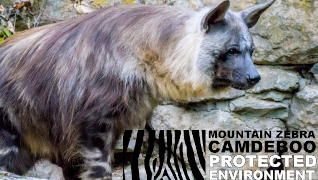
This is another awareness project aimed at changing the perceptions of these hyenas. The brown hyena is predominantly a scavenger with very little of their time spent on hunting and when hunting, they seem to prefer prey such as hares and rodents. Scavengers play a vital role in the environment being the cleaning service that rids an area of dead animals and often the diseases these animals carried. The brown hyena has been blamed for stock losses, but research shows that these hyenas are not likely to be the culprit and that they are more a blessing than a curse. Members of the MZCPE are encouraged to report sightings of these species so we can gauge their distribution in the area.
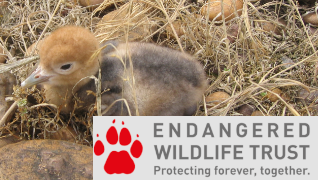
The Karoo is hosts one of the largest populations of Blue Cranes in their natural habitat. Together with the Endangered Wildlife Trust, members of the MZCPE are encouraged to report nesting information on Blue Cranes on their properties. Understanding how well a population is breeding is key to identifying any trends that may need intervention. In the past, EWT has been able to place satellite tracking devices on some fledglings in the area to further understand their movements.
The MZCPE is coordinated by a steering committee that routinely changes. The steering committee does not occupy an office, therefore contact should be initiated via email and follow up communications will follow via a suitable platform guided by the right representative.
Email address: admin@mzcpe.co.za
